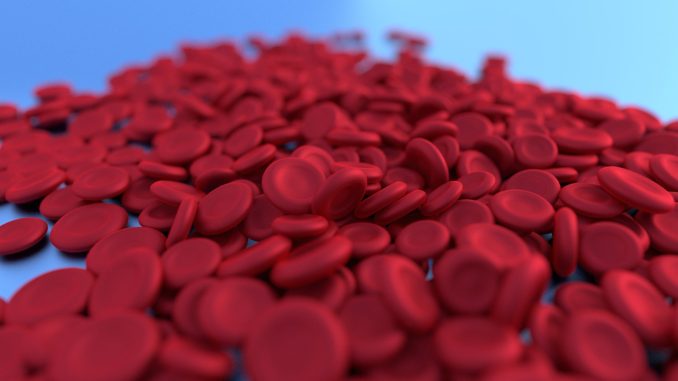
ARE JAUNDICE AND ANEMIA THE SAME THING?
No, although people with liver dysfunction may develop both conditions at the same time. Anemia occurs when the body does not have enough red blood cells, and jaundice may be the first symptom of an infection or illness.
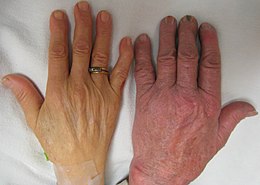
JAUNDICE AND ANEMIA
Jaundice is a symptom that means the skin, mucous membranes, and body fluids become yellow in color because of an increased quantity of bile pigments found in these tissues. Over time the bile pigments become more concentrated than normal causing the person to turn yellow. Jaundice can be severe but is usually not life-threatening. However, if it progresses to hepatitis or pancreatitis it might and jaundice can affect anyone regardless of age or gender.
WHAT IS JAUNDICE?
Jaundice is the yellow-orange pigment that appears in the whites of your eyes and on the skin. It can be either a symptom of an infection or inflammation or can result from liver disease and certain medications. People with jaundice often feel tired, lightheaded, and generally not well because their livers aren’t processing oxygen effectively. This process leads to a loss of blood circulating through tissues.
WHAT ARE THE SYMPTOMS OF JAUNDICE?
Some people who have jaundice might have mild symptoms, while others will experience uncomfortably severe ones. Symptoms include fatigue, yellowing of skin and whites of your eyes, swollen veins in your arms or legs, bad breath, and a general unwell feeling.
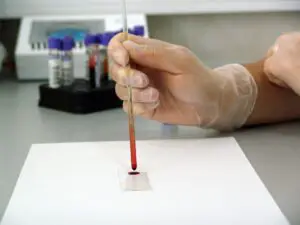
HOW IS JAUNDICE DIAGNOSED?
A blood test can help diagnose jaundice. This type of blood test takes a sample from the back of your hand so that the technician can see how your hemoglobin levels compared to normal values and can distinguish between jaundice, anemia, and most other conditions. In addition, an ultrasound or x-ray may also be used to determine whether abnormalities exist in liver function. In some cases, a liver biopsy might be needed to confirm whether your liver is functioning normally or not.
HOW IS JAUNDICE TREATED?
Jaundice can be treated with medications, but you may have to take some for several weeks to months before noticing a change in your symptoms. Your physician may suggest medication to lower elevated liver enzymes or blood bilirubin, a substance produced by the liver when it releases bile. You may also take an antibiotic to target specific bacteria that cause inflammation and infection. Some doctors recommend a vitamin B12 supplement to help the liver produce normal levels of this protein. Your physician may also recommend that you eat more liver and orange juice for your red blood cells. Finally, a physician may suggest other treatments for anemia like iron tablets or folic acid supplements.
WHAT IS ANEMIA?
Anemia is most often caused by the loss of red blood cells, which leads to a reduced amount of oxygen-carrying hemoglobin in the bloodstream. Other common causes of anemia include excessive bleeding (as in gastrointestinal disorders), deficiencies of iron or folic acid, and chronic diseases like diabetes or kidney disease.
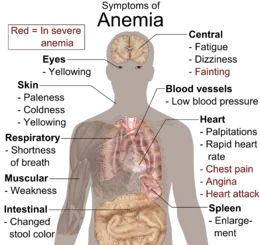
WHAT ARE THE SYMPTOMS OF ANEMIA?
An individual with anemia will experience symptoms that include dizziness, paleness, extreme tiredness, and a lack of energy. Other common symptoms include muscle pain and chest pain, especially when taking a deep breath. A good way to test for the severity of your anemia is by checking your pulse: If it’s lower than normal, you may be experiencing this condition.
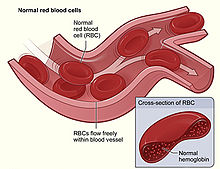
HOW IS ANEMIA DIAGNOSED?
Anemia may be diagnosed through blood tests. Red blood cell counts and hemoglobin levels can help determine if you are experiencing this disorder. If you are diagnosed with anemia, your physician may want to confirm whether it’s caused by a lack of iron in your diet, excessive bleeding, or because your red blood cells aren’t forming correctly. Your doctor will likely perform further tests, such as urine analysis and stool analysis, to rule out other possible causes of fatigue.
WHAT ARE THE RISK FACTORS FOR JAUNDICE AND ANEMIA?
A number of factors can cause jaundice, including certain medications, chronic liver disease, and overgrowth of a fungus called Candida albicans in the gut. In rare cases, chronic jaundice is due to inherited diseases like Wilson’s Disease.
WHAT ARE THE RISK FACTORS FOR DEVELOPING ANEMIA?
Anemia is often linked to chronic diseases like diabetes or kidney disease. Middle-aged and older women are also at a higher risk of becoming anemic, which may be related to iron deficiency. Other conditions that can cause anemia include cancer and chronic infections.
Jaundice is generally only a symptom of liver disease, but anemia can also be caused by this illness. Other causes of anemia include serious conditions such as diabetes or chronic diseases. Red blood cells carry oxygen, so when an individual suffers from anemia, they feel tired and lightheaded because the body is not getting enough oxygen through the bloodstream.
Jaundice and anemia are not the same conditions. Jaundice is a condition that affects the skin and whites of your eyes and causes yellowing, while anemia is a condition in which the body does not have enough red blood cells. Symptoms of jaundice include fatigue, mild discomfort, or severe symptoms; symptoms of anemia may include fatigue, paleness, lack of energy, and muscle pain.
Taking a blood test is the only way to confirm whether or not you’re experiencing jaundice or anemia, and in some cases, further testing will be required. These tests can help your doctor determine the cause of your condition, as well as treat it appropriately. A physical examination may also be in order if a physician believes it is necessary.
CONCLUSION
Jaundice and anemia are two different conditions, although at times they can occur at the same time. A blood test is the only way to tell if you’re experiencing either one of these conditions and to assess your overall health. Jaundice is also known as yellowing of the skin which can occur as a result of liver disease. This condition may also cause fatigue, bad breath, and swollen veins in the upper limbs. On the other hand, anemia is a condition in which you don’t have enough red blood cells and the body does not get enough oxygen. It’s possible to experience both jaundice and anemia at the same time, but more often than not, one causes the other.


Leave a Reply